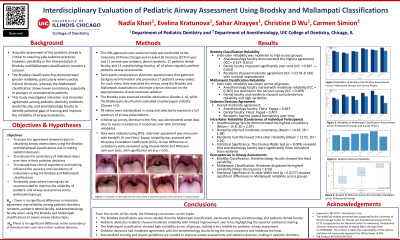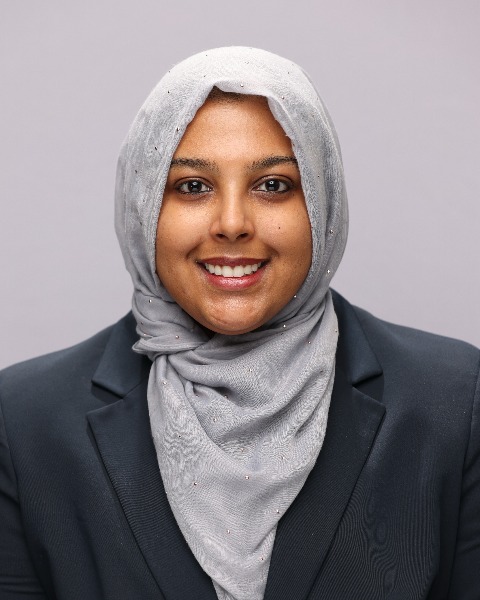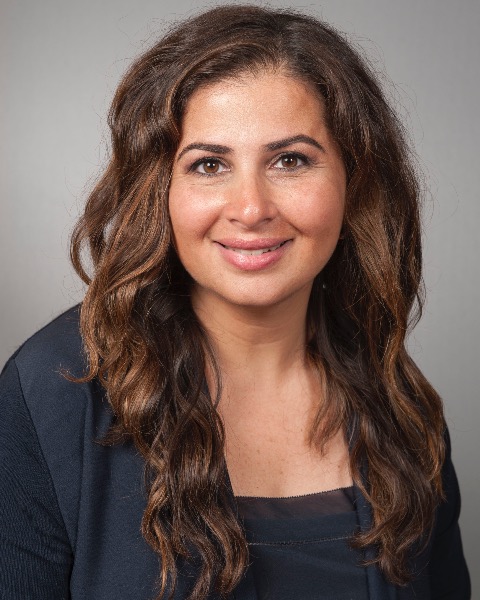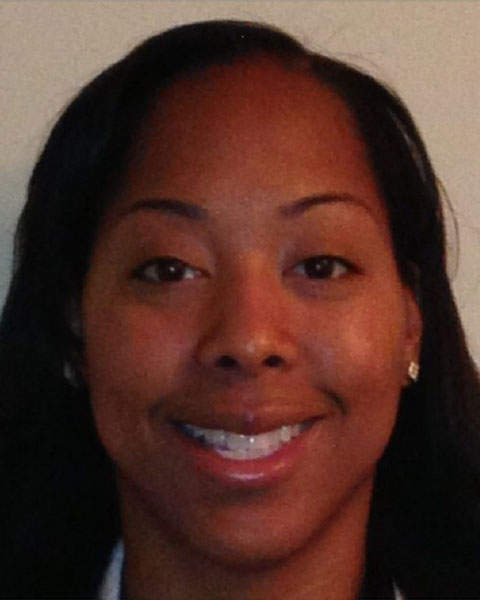Sedation
Evaluating Agreement in Pediatric Airway Assessments Across Professional Groups
33 - Interdisciplinary Evaluation of Pediatric Airway Assessment Using Brodsky and Mallampati Classifications


Nadia Khan, DDS
Pediatric Dental Resident
University of Illinois at Chicago, Chicago IL
chicago, Illinois, United States.jpg)
Evelina Kratunova, BDS, MDS, DChDent
Clinical Assistant Professor
UNIVERSITY OF ILLINOIS AT CHICAGO
College of Dentistry, University of Illinois at Chicago
Chicago, Illinois, United States
Sahar Alrayyes, DDS, MS (she/her/hers)
Clinical professor
University of Illinois Chicago, Chicago IL
University of Illinois at Chicago
Chicago, Illinois, United States- CW
- CS
.jpg)
Evelina Kratunova, BDS, MDS, DChDent
Clinical Assistant Professor
UNIVERSITY OF ILLINOIS AT CHICAGO
College of Dentistry, University of Illinois at Chicago
Chicago, Illinois, United States
Brittaney J. Hill, DDS, MS, MPH
Clinical Associate Professor and Residency Program Director
University of Illinois Chicago, Chicago IL
University of Illinois at Chicago
Chicago, Illinois, United States
Presenting Author(s)
Co-Author(s)
Research Mentor(s)
Program Director(s)
Purpose: To evaluate agreement in pediatric airway assessments using Brodsky classification and Mallampati scales among pediatric dental residents, dental faculty, and anesthesiologists.
Methods: This cross-sectional study included 10 first-year and 12 second-year pediatric dental residents, 15 pediatric dental faculty, and 13 anesthesiologists. Participants assessed 17 pediatric airway videos using the Brodsky, Mallampati scales, and binary sedation decisions. A second identical survey followed two weeks later. Inter- and intra-rater agreement were analyzed using Kendall’s W, Intraclass Correlation Coefficient (ICC), and Fleiss’ Kappa. Group differences were assessed with Kruskal-Wallis and Wilcoxon rank-sum tests.
Results: Brodsky classification showed moderate to high inter-rater agreement, with anesthesiologists achieving the highest levels (ICC = 0.627–0.612). Faculty improved between surveys (ICC = 0.587 to 0.654), while residents maintained moderate agreement (ICC = 0.578–0.536). Mallampati scale had lower inter-rater agreement, with anesthesiologists declining from moderate (ICC = 0.365) to lower agreement (ICC = 0.209). Sedation decisions had moderate agreement (Fleiss’ Kappa: anesthesiologists = 0.467, faculty = 0.407). Intra-rater agreement was highest for anesthesiologists (mean = 15.6, SD = 2.07), followed by faculty (mean = 14.62, SD = 1.98) and residents (mean = 13.05, SD = 2.24). Group differences were significant (P = .009). Post hoc analysis showed anesthesiologists were more consistent than residents and marginally better than faculty in Brodsky and sedation assessments.
Conclusions: Variability in agreement was observed across groups. Brodsky classification demonstrated higher agreement, supporting its utility. Mallampati scale showed lower agreement, reflecting subjectivity. Better calibration and education are needed for consistent airway assessments.
Identify Supporting Agency and Grant Number:

.jpg)